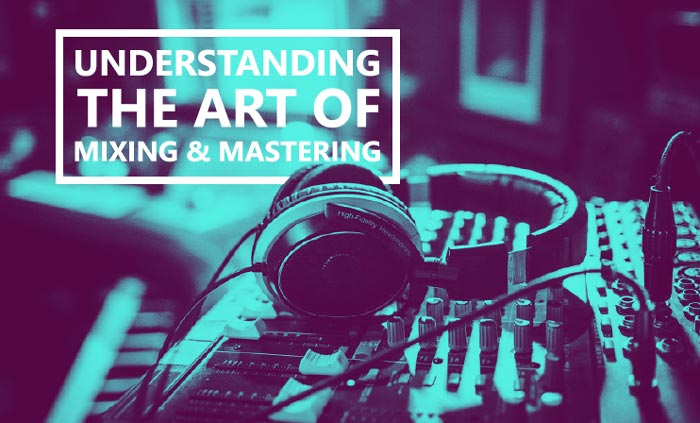Understanding the Art of Mixing and Mastering at Audio Realm Studios

Mixing and mastering are the two most important parts of music production. Everyone has heard of remixed and remastered tracks but few people actually know what mixing and mastering are. This helpful guide will explain mixing and mastering, the difference between them, and why your audio production needs both.
Get Into The Mix
Mixing is when a producer takes all of the different layers and audio tracks you’ve recorded and puts them into one final track. This is the stage where “the magic happens”. Your vocals and the instrumental tracks will be put together with effects, equalizing and panning during the mixing process. Mixing also includes editing which is using the best parts from each take of your vocals and putting them together for the best possible sound. Mixing is where you can make your song match the vision you had when you began writing it.
Effects: With the exception of electric guitar, the vast majority of audio recording is done without effects. Mixing engineers add effects in the mixing process. Reverb, delays, compression and many more are added to both vocals and instruments in this stage. This makes a track come to life. There are countless processes and tools an audio engineer may use while mixing your song.
Equalizing: When you’re layering instruments and effects on top of each other a mix can feel crowded and muddy. This is why mixing engineers use equalizing (EQing). Separating the different tracks on a mix and putting them at the appropriate volumes ensures that they can each be heard and not detract from the overall production.
Panning: Finally after adding in effects and making sure each part of the song is properly EQ’d the audio engineer will pan the tracks. Panning is placing each instrument along with the vocals in its place on the stereo spectrum. If you’ve ever heard a song that seems to bounce between left and right speakers this is because of the way it is panned in the stereo spectrum. Panning helps individual instruments stand out so the entire track sounds balanced.
Find Out More
How to Master the Art of Mastering Mastering is the process of adding the final touches and polish to your music so that songs sound perfect. Where mixing typically operates on individual layers of songs in isolation, mastering operates on songs and albums as a whole. Mixing is to songs as mastering is to albums. That said, parts of the mastering process can happen during the mixing process but you cannot master audio that isn’t already mixed to some extent. When listening to an album you don’t want any tracks to sound distinctly louder or softer than others. Mastering ensures that all tracks have a uniform volume. Mastering also prepares your music to be consumed by the public. Your music should have as consistent a sound as possible across mediums whether someone is listening to a song on Spotify, a vinyl record, or a CD. Mixing and mastering are both difficult skills to learn and if you want your music to sound the best it can it’s recommended to have experienced professionals handle these processes. As the premier recording studio in Fort Bend, the team of producers and engineers at Audio Realm have decades of experience recording, mixing, and mastering. Contact Audio Realm Studios today to book your next studio session. Contact Audio Realm Studios today to book your next studio session.
